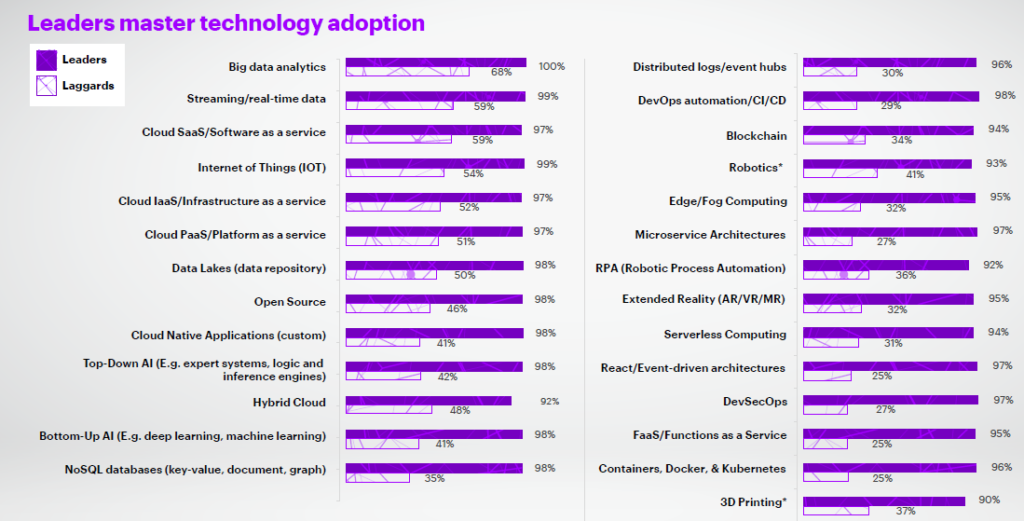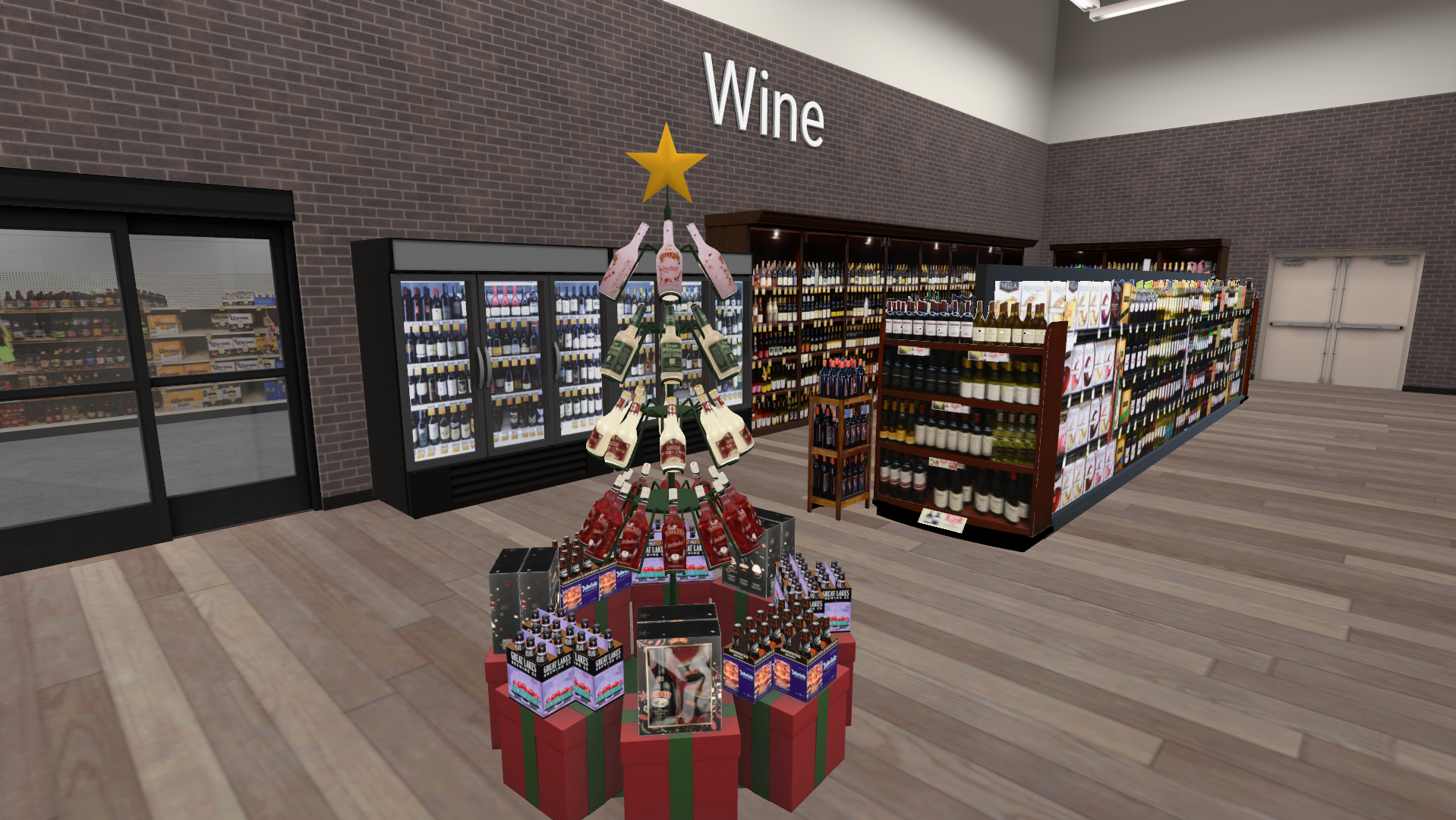In the retail space, technological advancement is becoming more and more prevalent in the race against irrelevancy. As consumer preferences change from one day to the next, organizations need to be agile, data-driven and efficient in their business processes. At InContext, this is what has motivated us from the beginning—but a recent study by Accenture just put a monetary value on that very notion.
After surveying more than 8,300 companies across 20 industries and 22 countries, Accenture found that companies may lose up to $20 billion in revenue over the next 5 years if they do not scale innovation practices enterprise-wide. This means that while many companies, including many retailers and brands, are implementing new technologies to help with certain aspects of their business processes, the true leaders understand that innovation can’t be siloed. Organizations need to not only start thinking holistically when it comes to technology, but they need to start executing on it today.
Accenture calls this the “innovation achievement gap”, which they describe as “the difference between potential and realized value from technological investments.” Those who are simply dabbling in trendy tech solutions are not able to scale it to the level they need to bypass that gap—they risk becoming what the report refers to as “laggards”, or those who will lose revenue because they are not scaling their innovation.
Yet, the amount of innovative solutions out there can seem overwhelming, and many teams have a hard time deciding what technologies are worth the investment. At InContext, our virtual simulation software is one such solution that is cost-effective, scalable, creates efficiency and breaks down silos. We consistently get questions such as:
- What is the onboarding process like, and how long does it take?
- Is this something that can be used throughout many different departments and teams?
- How does it create better communication?
- How accurate is the data?
- Does this save time? Does it save on the bottom line?
- Can I see successful case studies?
If a potential technology can satisfy and comprehensively answer these questions, it’s probably something worth implementing. When looking at virtual technology, Accenture’s report shows that “leaders” have jumped on board early with virtual and augmented reality, at a 95% adoption rate. In contrast, “laggards” are only at 35% adoption.
 Credit: Accenture Future Systems Report
Credit: Accenture Future Systems Report
In the retail industry, manufacturers and retailers need to work faster, create actionable insights for in-store decision-making, and get everyone on board to execute in the market. Our solutions can do just that—which is helping our users land on the “leaders” side of the gap.




